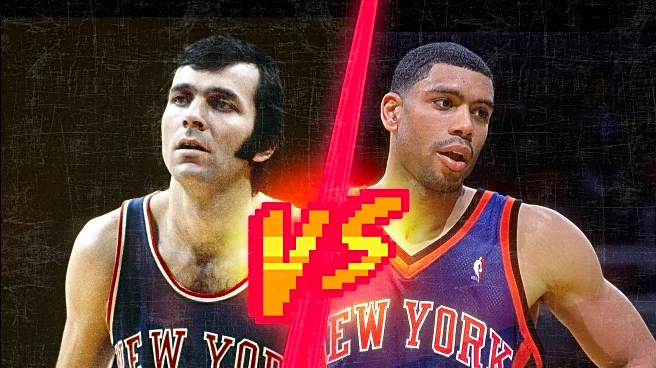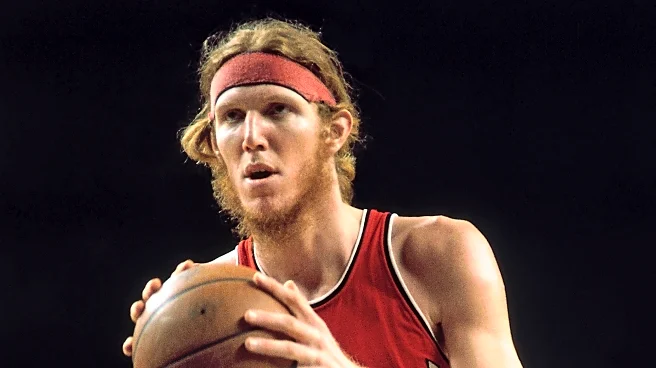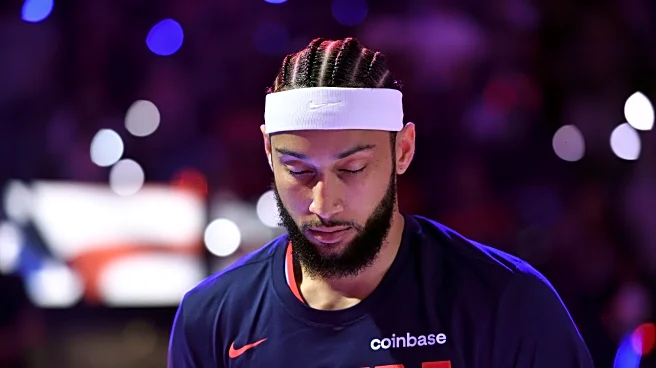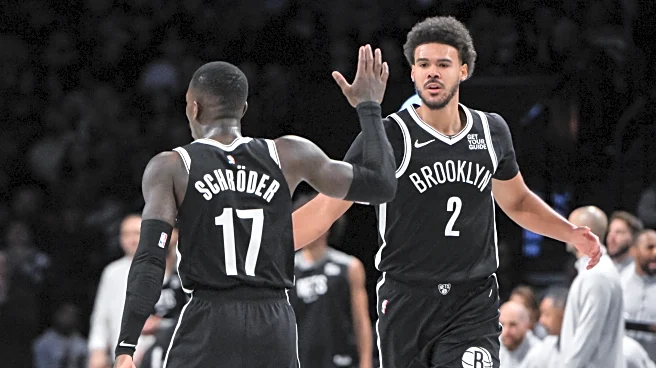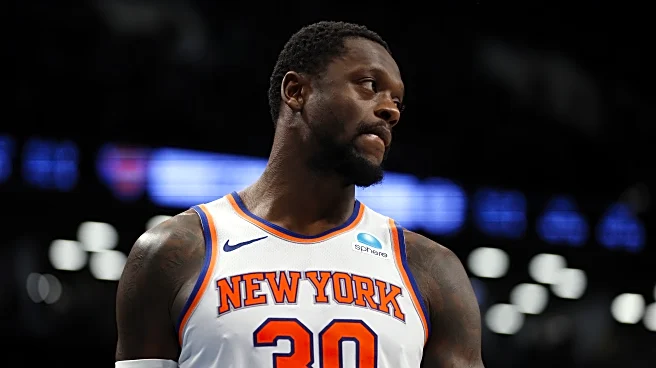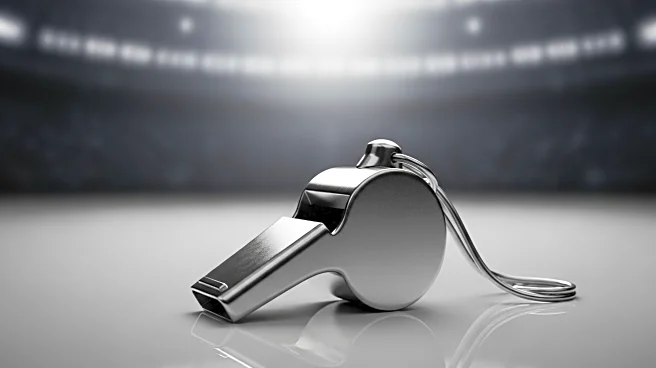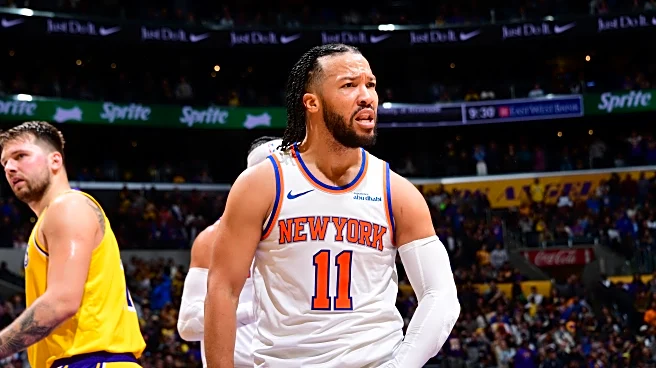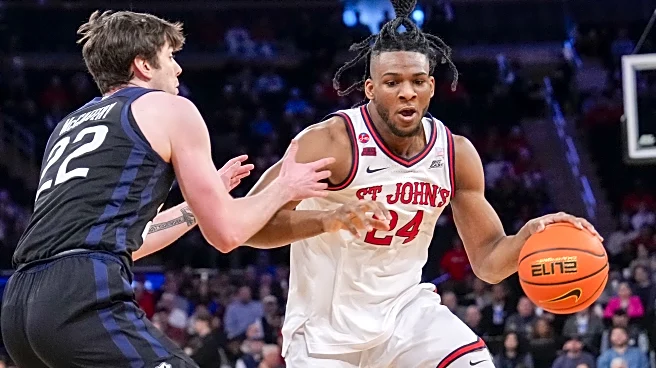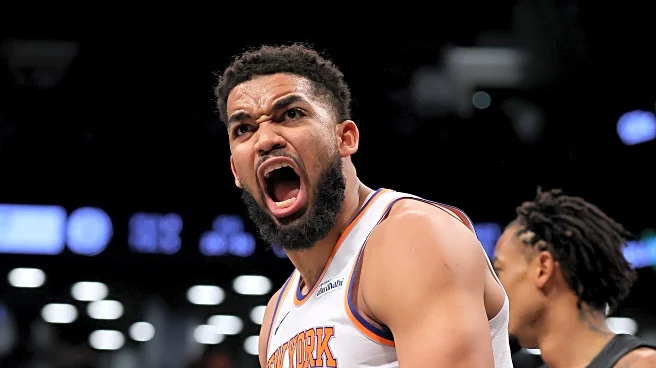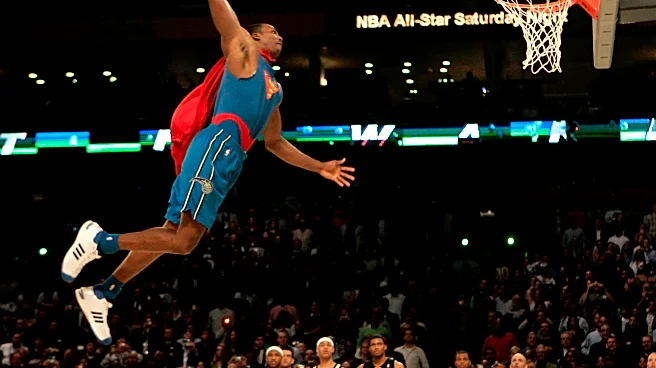
This week’s segment of WWIB once again pits two Knicks legends from two very different eras of the NBA against one another between Allan Houston and Jerry Lucas.
Lucas already took out one ’90s Knicks legend during his last round matchup with Charles Oakley. Would Houston have taken down Oakley had the matchup been flipped? Probably. Will Lucas knock off another ‘90s Knicks legend and captain? Let’s see how the generational fans decide.

Allan Houston — Allan Houston remains one of the most beloved
Knicks of all time, a franchise pillar and a true fan favorite. In 2012, he was honored as the greatest Knick of the 2000s, one of five players chosen to represent their respective decades. Sure, the ceremony happened to coincide with Carmelo Anthony’s debut at the Garden, but the recognition was well earned. Only the wave of star talent that’s arrived since has pushed him down the all-time list.
As Patrick Ewing’s time in New York came to a close and the core from the ’94 Finals run started to fade, Allan Houston stepped into the spotlight as the Knicks’ new leading man. From the moment he replaced John Starks in the starting lineup, he made the shooting guard spot his own, until knee injuries eventually cut his career short.
When he was healthy, though, Houston was a handful. In nine seasons with the Knicks, he put up 17.3 points a night and knocked down threes with ease. His 921 makes from deep trail only Starks in team history, but he got there with more efficiency, needing over 500 fewer attempts. He became a two-time All-Star at the turn of the millennium and capped it off with a gold medal as part of the 2000 U.S. Olympic team.

Jerry Lucas — Lucas was a 7x All-Star, and NBA and NCAA champion. He made the All-NBA First Team three times, and the Second Team twice. Lucas also won an Olympic Gold Medal in 1960, and perhaps most impressive was his inclusion on both the NBA’s 50th and 75th Greatest Players of All Time lists. Twice, Lucas averaged more than 20 points and 20 rebounds in a single season, and over his career he averaged 17 points and 15.6 rebounds per game.
In 1971, the Knicks acquired the sharp-shooting big man in exchange for Cazzie Russell. Initially, the Knicks intended for Lucas to back up Willis Reed, but when Reed suffered a season-ending injury early in the 1971-72 season, Lucas stepped into the starting lineup as the league’s smallest center. Despite skepticism from fans and journalists, Lucas silenced his critics by delivering one of the best seasons of his career. He led the Knicks in rebounding and shooting accuracy and finished second in scoring and assists behind Walt Frazier.
What made Lucas truly astonishing on the court was his versatility. Despite standing at 6’8’’, he was a walking double-double and one of the league’s best long-range shooters long before the three-point line had been introduced by the NBA, causing teams to change their defensive strategies by sending their big men well beyond today’s three-point line to guard him, which in turn would clear out the lane for the offense.
The following year, Lucas’s second in New York, with a healthy Reed back in the starting lineup, Lucas was relegated back to the bench for the first time in his career. Lucas still played a pivotal role for the Knicks’ championship team of 1973, and that championship placed him in the upper echelon of winning a championship at every level of the game – high school, college, the Olympics, and the NBA.

